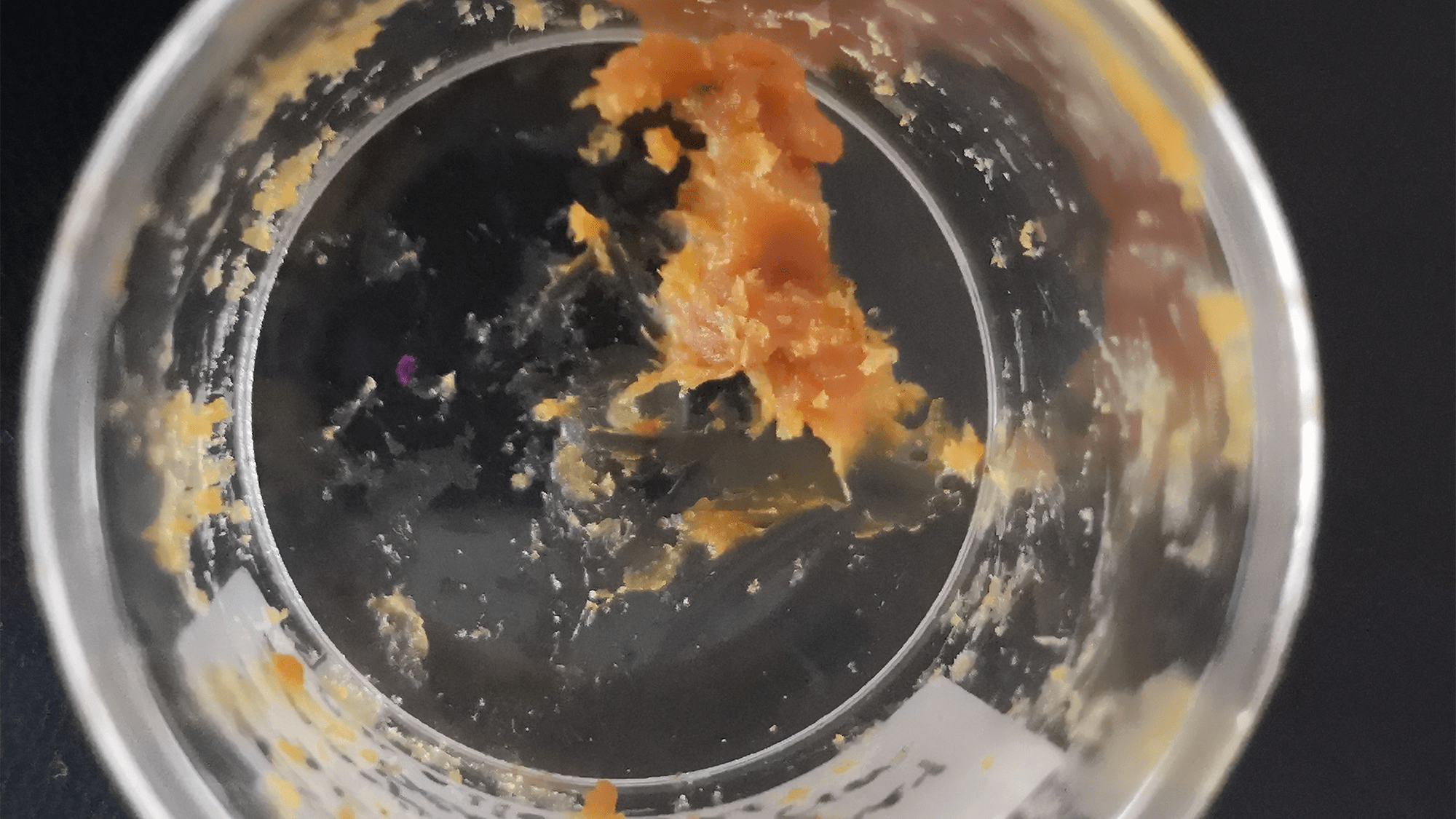Now Reading: Scientists Identify 2,500-Year-Old Substance as Ancient Honey
-
01
Scientists Identify 2,500-Year-Old Substance as Ancient Honey
Scientists Identify 2,500-Year-Old Substance as Ancient Honey

Quick Summary:
- A new study has identified teh substance in a 2,500-year-old bronze and copper jar, previously found in a shrine near Pompeii, as ancient honey.
- The research was conducted by Oxford’s Ashmolean Museum team led by archaeologist Luciana da Costa Carvalho and chemist James McCullagh using modern chemical analysis techniques.
- Chemical analysis revealed similarities to modern beeswax and honey-higher acidity levels and complex molecular composition indicated long-term preservation.
- Ancient honey played many roles: medicinal uses for burns/infections, sweetener for food/drinks, death rituals like preserving bodies (e.g., Alexander the Great), offerings to gods, or burial items accompanying tombs.
- Hexose sugars (found in honey) were detected more abundantly than those in beeswax.Royal jelly proteins from western honeybees were also found. Other bee products such as propolis might be present but are not confirmed yet.
- Researchers highlight the importance of studying ancient residues to understand how substances degrade over time with potential applications like exploring ancient microbial activity.
indian Opinion analysis:
The identification of this ancient residue sheds light on the multifaceted cultural significance of honey across early civilizations such as Mesopotamia, Egypt, and ancient Greece; its preservation speaks volumes about its value beyond dietary use-spanning medicine and rituals alike. For India-a country with deep-rooted traditions surrounding bee-derived products-this discovery echoes similar past practices seen within Indian Ayurveda that use honey for healing purposes dating back millennia.
Even though this study is centered on Greek history-it emphasizes valuable parallels regarding how early societies innovated enduring methods storing resources Knowledge extendsnnationally helpful

























